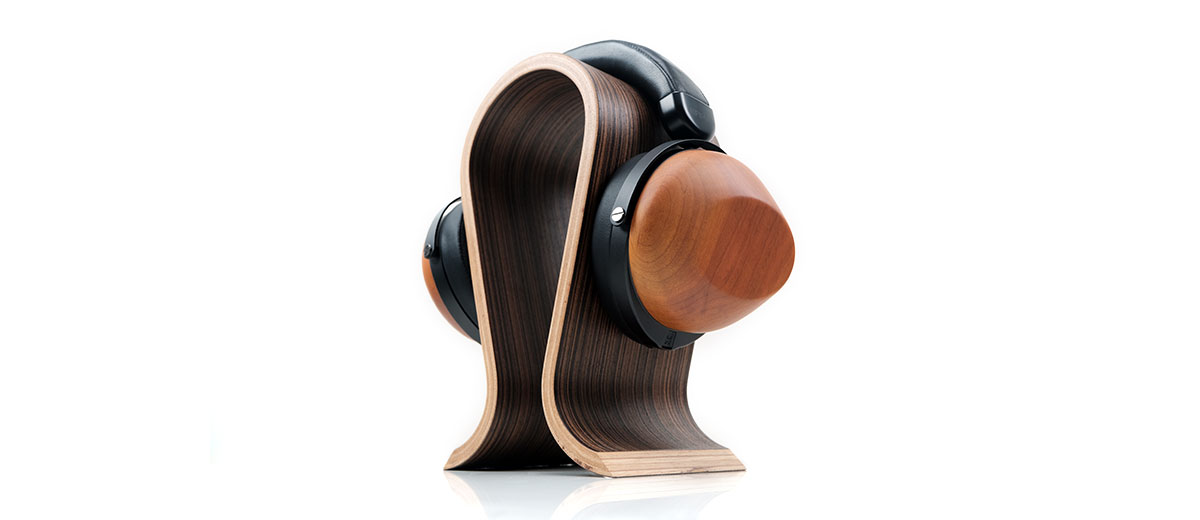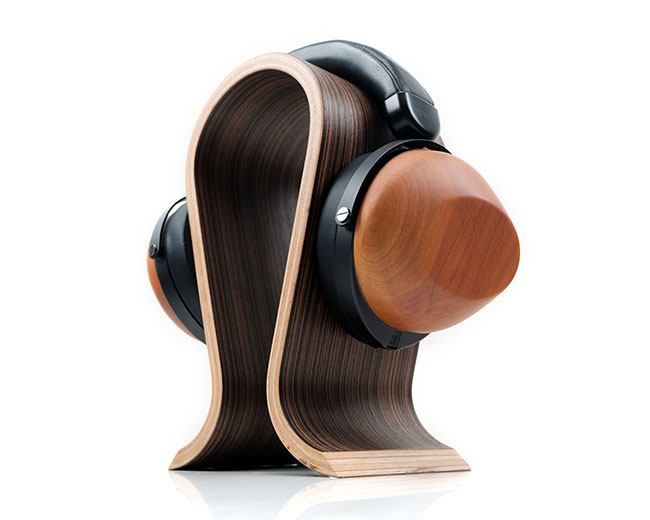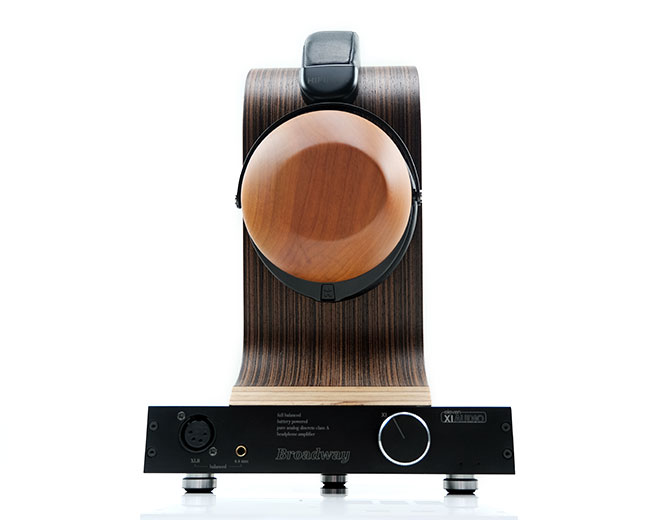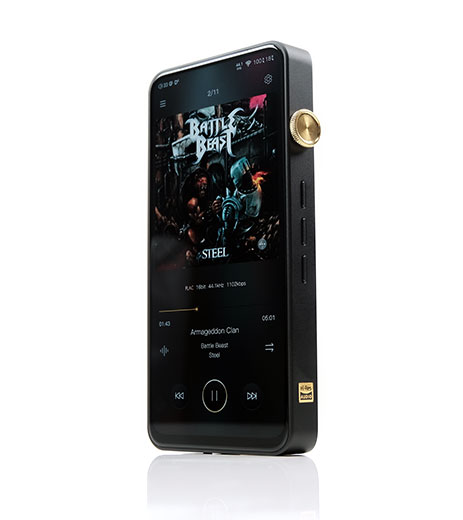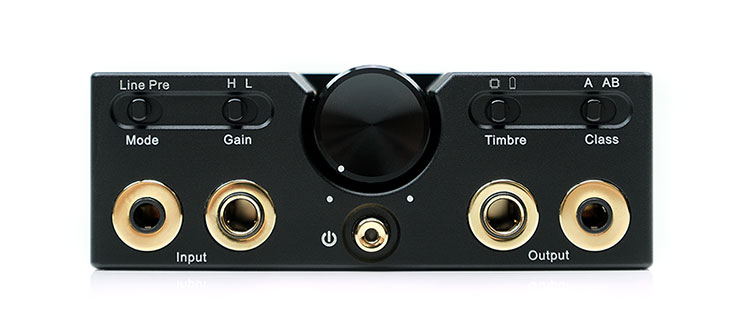Sound Impressions
Summary
The HE-R10P is probably the most open-sounding closed-back planar headphones I have heard to date. It has some stunning depth and width, yet still has some inherent characteristics that define closed-back headphones, that’s physics for you.
If you have heard the Susvara you will recognize some of its finer points in the HE-R10P presentation, namely speed, articulation, and resolution. This is a fast-sounding and highly resolving planar driver with excellent transient response and incredible dynamic range.
It also has a bit of closed-back low-end ‘welly’ and a vocal/mids focus making it an ideal sound for those who enjoy a bit more PRaT in their music. Modern pop and R’n’B fans will appreciate the enhanced density and richer voicing from the HE-R10P.
FR Response
For those coming from a typical planar tuning, the HE-R10P has a few more low-end twists and turns in its FR. Some of this will be related to the closed-back acoustical design, the rest might simply be related to Hifiman’s preference these days for a more natural smooth, or ‘musical’ sound.
The tuning is more to the light and articulate side but with a slight sub-bass emphasis from 30-60Hz to add some welcome weight and punch to the presentation.
Instead of the usual planar linear bass response up to the mids, the sub-bass bump is followed by a mild drop to around 500Hz which creates a bit of space and separation and prevents the dreaded closed-back bass bloom.
From there, you get a focused elevation right up to 3k which, along with that long-end bump is the most salient aspect of the HE-R10P tuning. Vocals are loud and proud along with instrumental presence but resist from becoming shouty and harsh.
The upper mids and lower treble are a bit more muted around 4-5k so percussion is more polite than aggressive with an emphasis instead on a balanced upper treble push which is where some of that sweetish mids tone is pulled from.
Timbre
The HE-R10P has a beautiful sweetness to its overall timbre with some underlying PRaT from that slight sub-bass emphasis. The bass impact is more nuanced and articulate than aggressive but definitely felt when called upon helping to deliver a denser and fuller sound than you might expect.
Lower mids through to around 3-4k have some elevation but a very natural level of warmth in instruments and most vocals. Not so much to say euphonic but very pleasing nevertheless with a subtle infusion of upper treble to give each note some beautiful clarity and a little bite when required.
The harmonic balance has just a slight even-harmonic bias with a solid fundamental for lower-pitched instruments such as bass guitar or rhythm chord crunches. The lack of mid-bass emphasis or upper bass bloom combined with the excellent acoustical space afforded by the large cups creates some welcome space for lower-mid clarity to shine.
This is the type of timbre I enjoy pairing with R2R DACs or richer-sounding amplifiers. The way something like the Musician Audio Pegasus DAC or the dCS Bartok teases out the texture and weight of the HE-R10p low-end and vocal body without overheating the treble is simply fantastic and very enjoyable.
Staging
Probably the most fundamentally pleasing aspect of the HE-R10P presentation because it belies its closed design with such an open and deep staging quality.
Now, to be fair it is not as spacious sounding as the Susvara and does not deliver that type of airy ethereal quality. It is a bit denser and a little darker sounding than the open-back flagship.
However, pitch this against other closed-back headphones such as the Ether C Flow and you get a palatable upgrade in terms of excellent depth, stereo imaging, and left/right separation.
A lot of credit has to go to the driver inside the HE-R10P in terms of its speed and clarity allowing it to create a very precise imaging quality. Spatial cues are incredibly easy to pick out, nothing sounds rounded or veiled as a result. Immersive and complex musical passages are presented with pinpoint control.
In terms of forwardness, it’s really about the mids from 500Hz to around 3k that is most prominent with a balance between that upper treble burst and supported by that nudge on the sub-bass. Vocals do leap out but they do not take everything with them meaning you get an excellent black background and plenty of separation between vocals and instruments.
If there is one Achilles heel to the HE-R10P staging is its treble extension and overall headroom.
Not that it lacks treble energy but I say this mainly in comparison to top-tier open headphones such as the D8000 Pro, Solitaire P, and the Susvara which have an airy more prominent top-end. Compared to all other planar closed-backs it is far superior so this depends on your context.
Synergy
Efficiency
The HE-R10P is rated at 30Ω and 100dB SPL so it is more Ananda than HE6 in terms of efficiency and certainly a bit easier to drive than the flagship Susvara which is rated at 63Ω and 83dB SPL.
The inclusion of a short 3.5mm TRS terminated cable is an indication that Hifiman thinks this is easy enough to drive from SE outputs from good portable sources though I personally think you are going to get better performances from DAP balanced outputs.
If you are not on the go, grab an XLR to 4.4mm adaptor or buy a 4.4mm terminated cable for portable use so you can take advantage of the usually better-performing balanced output of your DAP.
Sources such as the FiiO M15, HiBy’s R8, and iBasso’s DX300 all have 4.4mm outputs close or over 1W into 32Ω that are so much more powerful with better separation than their SE outputs.
For example, the HiBy R8 sounded quite impressive in Turbo mode going 4.4mm balanced with the HE-R10P but once I switched to the SE output in Turbo I lost a bit of sub-bass depth and rumble which is a key characteristic for me of the sound signature. Also, the mids felt a little more congested with less separation and air.
I got roughly the same feeling when paired with the DX300. The sound is spacious, deep, and dynamic with its excellent AMP11 balanced output but a little too relaxed on the low end via the 3.5mm SE which has a lot less power.
Portable Pairings
Every time I nodded with a smile it was with a DAP that can chuck out an excellent staging dimension with the HE-R10P pairing. A closed second would be any DAP that is neutral to natural rather than warm and mellow with excellent dynamic range.
DAPs such as the DX300 (balanced) sounded expansive, and natural in tone with excellent depth. The FiiO M15, also with its On-Ear Headphone mode going balanced, has some lovely separation and a very extended treble performance.
I would pick the DX300 over the M15 for pairing with the HE-R10P just to keep that forward vocal presence smooth and as natural as possible. The M15 tends to be a little cleaner and thinner in that range.
The LP P6 sounded gorgeous with the HE-R10P and is probably the best one for really maxing out the texture and detail in that planar driver.
It does not have quite the top-end extension or treble brilliance of the DX300 or Hifiman’s own R2R2000 Black Edition so its ‘center of gravity’ is more to the low-end weight and vocal texture which suits my own personal preferences.
Power
However, for all the impressive work portable sources can achieve, the HE-R10P can scale and sound ridiculously good with amp/DAC combos with solid low-end weighting or those that can tease out plenty of detail and impressive articulation.
DACs such as the Little Dot DAC 7, (review soon), has a very planted low-end response even with clean amplifiers you can hear that excellent bass response shine through. The HE-R10P laps that up with some excellent low-end solidity and a firmer sub-bass presence. The Musician Audio Pegasus does similar with a nice full-bodied tone but also some excellent life-like vocals.
High-end integrated players such as the dCS Bartok and the Chord TT2 do differ in their performance from the HE-R10P. Overall, I prefer the natural weightier tone of the Bartok pairing compared to the articulation and slightly mids-centered focus of the TT2.
The already forward mids presentation of the HE-R10P is incredibly vivid on the TT2 with excellent width, it is a fantastic combo for jazz and acoustics. However, the Bartok gives me a more complete low-end performance and a slightly smoother more textured mids tone that gels well with some of my preferred modern soul singers.
Once excellent middle path is the Cayin C9 portable tube amplifier, particularly with the Class AB/Tube timbre combo. AB was my preferred output setting with the HE-R10p given its punchier presentation and better sub-bass reach. However, the solid-state timbre was a bit harsh on the mids.
The tube mode softened the tone a bit better without a loss in terms of depth or power, particularly when paired with the LP P6 as a source which beautifully fleshed out the HE-R10P instrumental and vocal timbre.
Bluemini Wireless Performance
Pairing
The first and most important thing to clap your hands to is that the Bluemini is multi-point which means you can connect it to several devices at the same time.
I was able to seamlessly switch between an LDAC BT connection on my own Asus Rog Phone 3 and the DX300 LDAC BT signal with very little lag in the switchover.
Both paired very easily with a simple power-up, (long power button press) and then two taps of the power button to go into pairing mode. All devices tested found the Bluemini right away and paired immediately upon confirmation.
Stability & Range
The stability is excellent up to 5-7m then it gets a bit wobbly after and certainly shorter in range than class-leading TWS which can go several meters further without a signal cut out.
Initially, I thought it was an LDAC stability issue and switched to SBC but it still felt a bit unstable after the same distance, (with one wooden door between source and receiver).
My own preference is to keep the Bluemini and source relatively close, within 5-6m for an absolutely rock-solid connection.
Latency
Even on an aptX Classic connection with my Asus Nitro 5 Windows 10 laptop, the sync with the HE-R10P/Bluemini pairing was very good with no noticeable lag on Netflix or local media files using VLC.
If you want to nitpick you could add a tiny bit of hastening at no more than 0.2s and it is super tight but without any tweaking, most movies played just fine.
Audio
If possible, get the Bluemini/He-R10P pairing connected to an LDAC-capable transmitting source. Dropping down to SBC means a loss in dynamic range and separation. You also lose a lot of treble information as well as resolution resulting in a one-dimensional performance.
Going LDAC fleshed out the treble and note textural detail and a lot better as well as bringing in a far better sub-bass presence and some welcome headroom. Depth and height become a lot more palatable though still not on the same level as going wired from a top-class DAC/amp.
The main difference between wired and wireless is the definition right at the low end which is just a shade softer and less detailed. Also, the excellent staging width when going wired just drops in a little but otherwise, it’s a cracking Bluetooth performance.
This is a step up on the Ananda BT in terms of resolution and articulation so if you had to ask me what the best-sounding wireless headphone in the market is today then it’s the HE-R10P with the Bluemini.
More headphone companies need to consider this approach to wireless instead of producing dedicated wireless headphones for consumers offering pants audio.
Click on Page 3 below for select comparisons.

